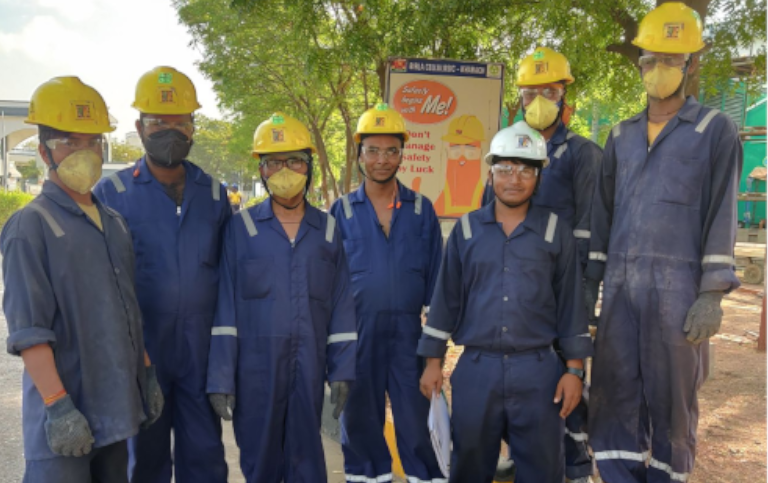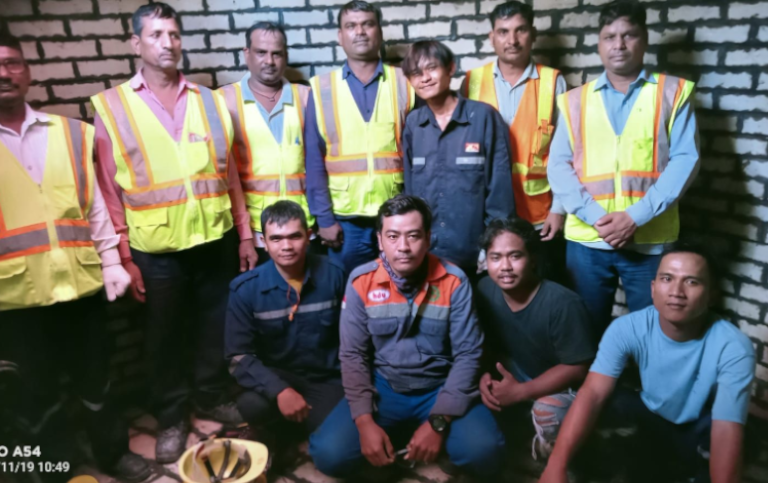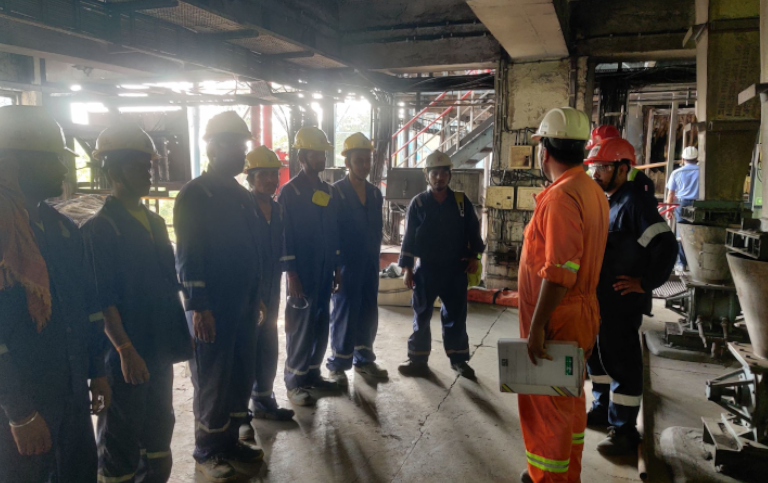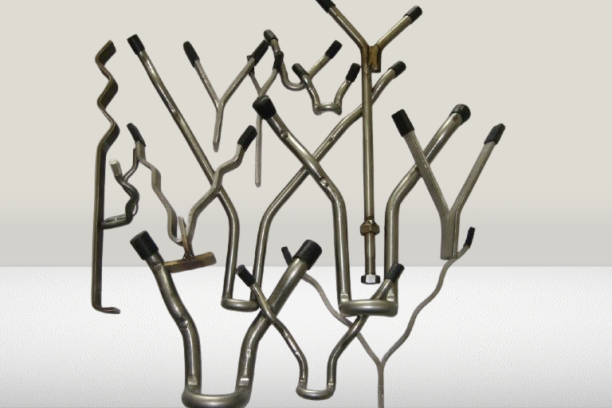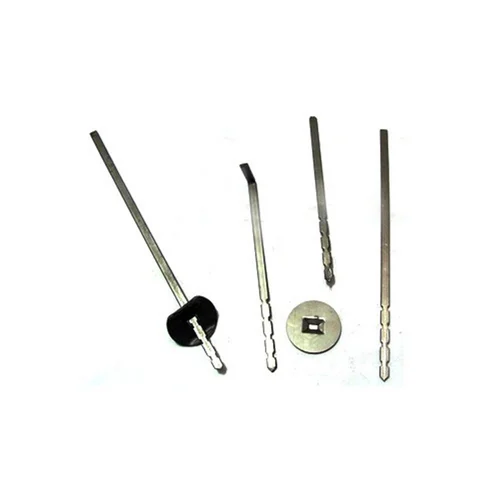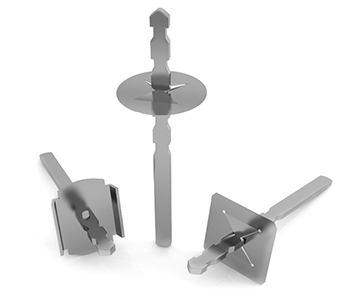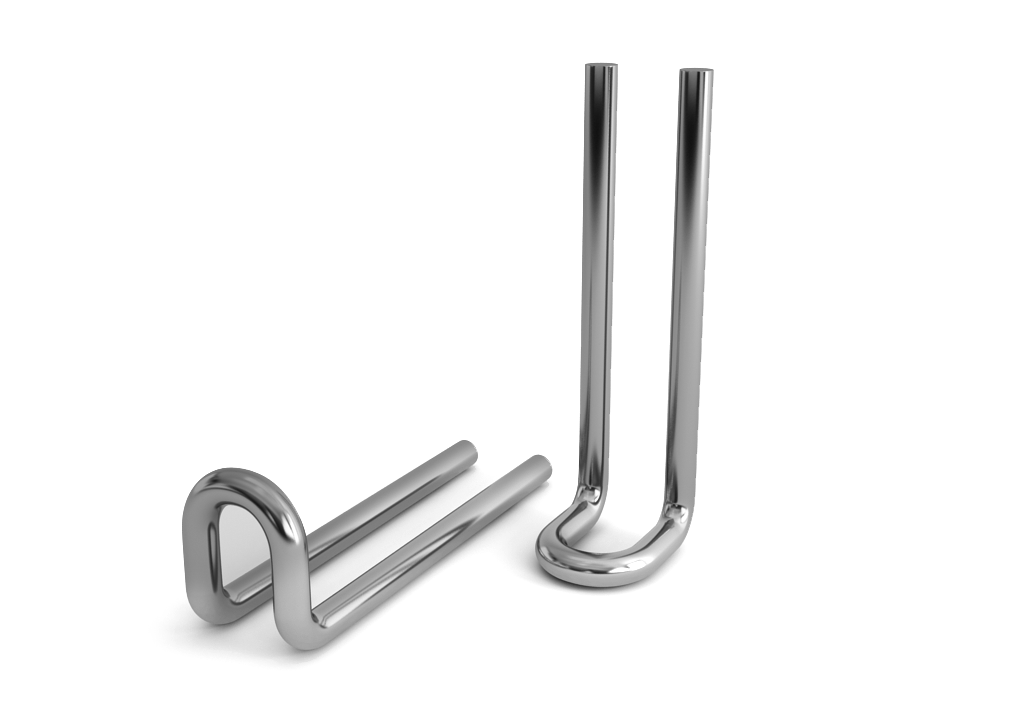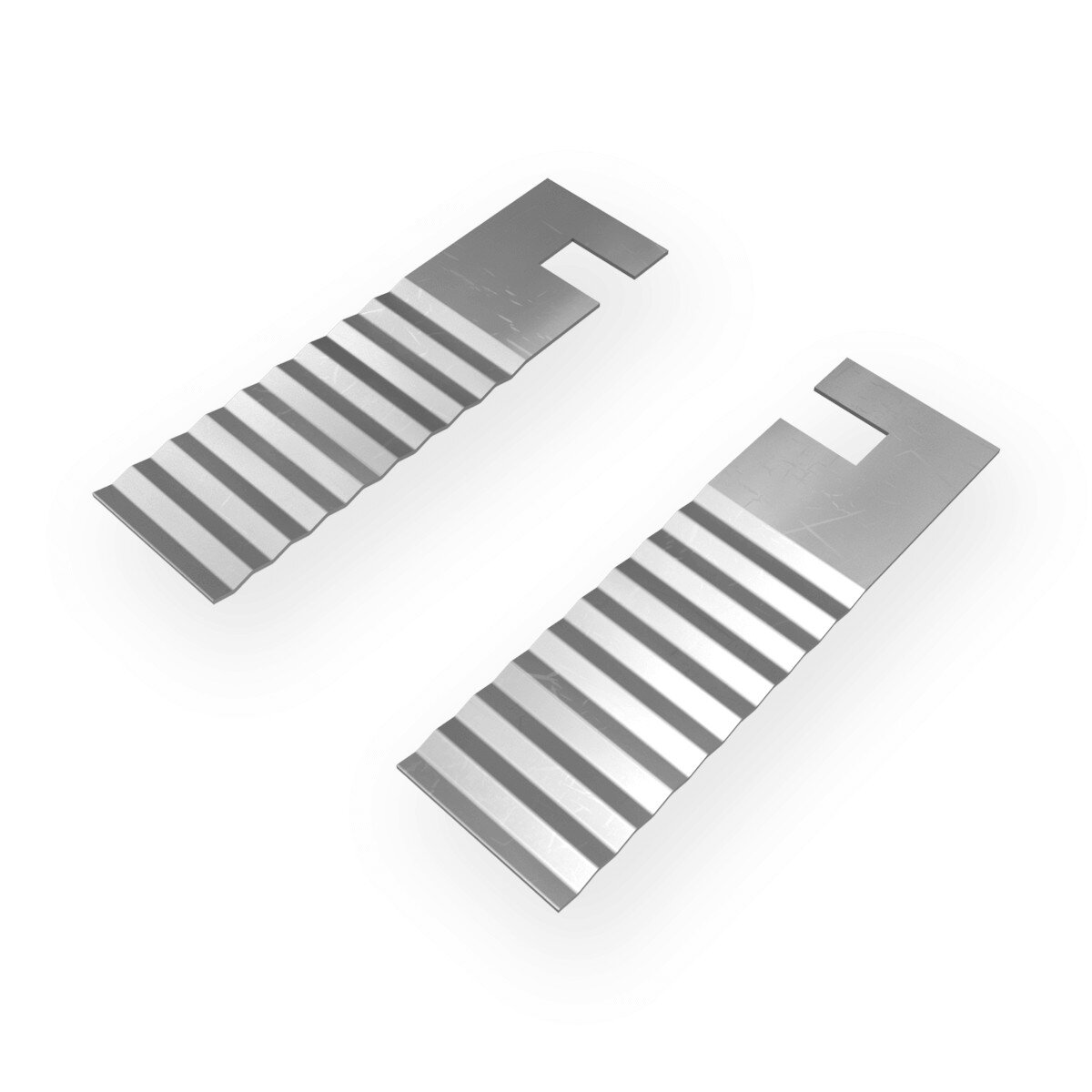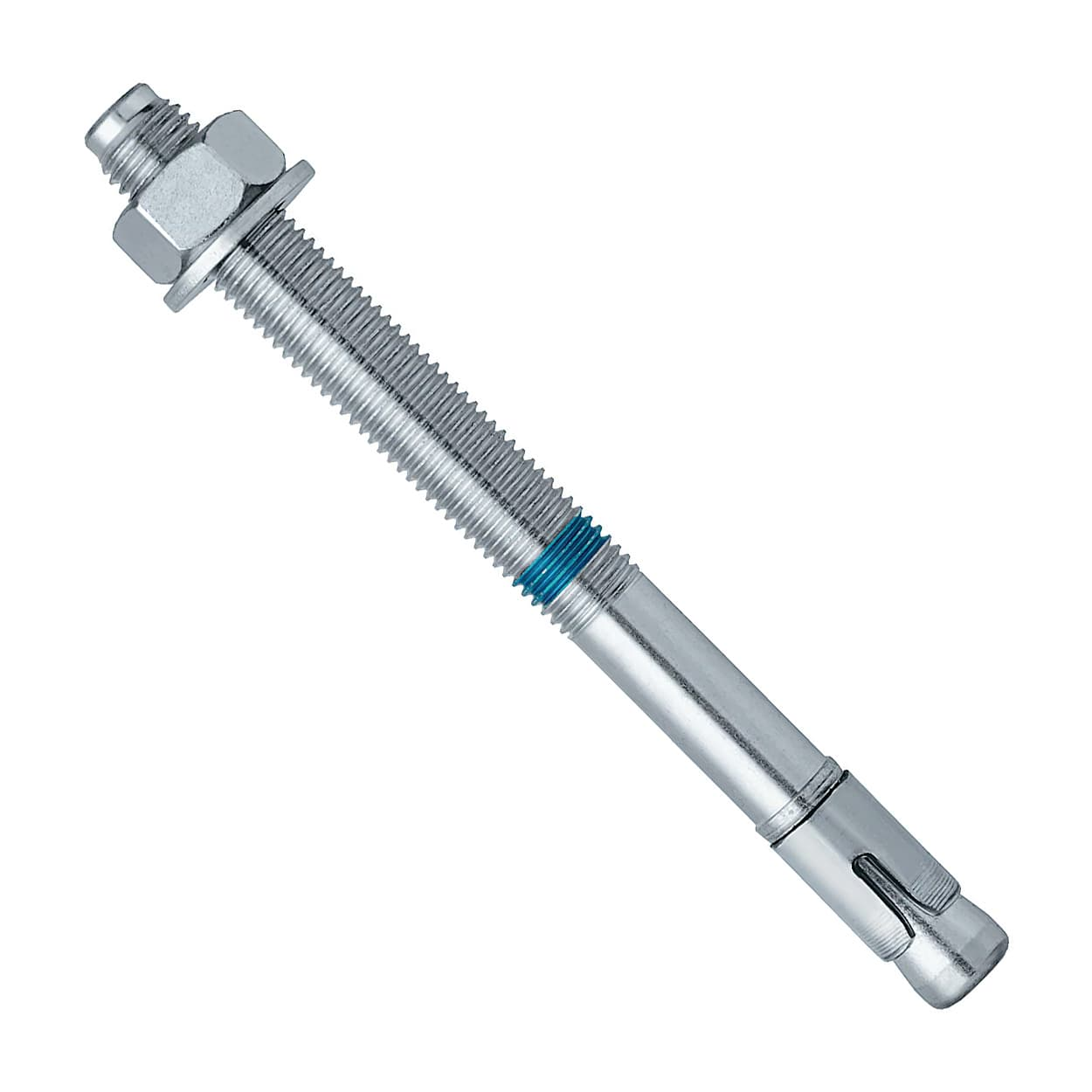Refractory anchors are metallic components used to support and hold refractory linings (castables, bricks, ceramic fiber, insulation boards) onto the inner steel shell of high-temperature equipment such as furnaces, kilns, and reactors.
They ensure the mechanical stability of the refractory during thermal cycling, vibration, and chemical exposure.
Functions of Refractory Anchors
- Hold castable or plastic refractory in place
- Prevent sagging, detachment, or cracking of lining
- Absorb thermal expansion stress
- Improve bonding between the refractory lining and shell
- Reduce lining failure during vibration and thermal shock
Types of Refractory Anchors
| Anchor Type | Shape Example | Application |
|---|---|---|
| V Anchor | [V Shape] | Standard castable lining. Economical and easy to weld. |
| Y Anchor | [Y Shape] | Enhanced hold in dense castables. Common in medium-duty linings. |
| U Anchor | [U Shape] | Heavy castable or dual-layer linings. Often pre-cast. |
| Bullhorn Anchor | Curved U-shape | Board or fiber lining. Flexible, used for high-temp insulation anchoring. |
| Corrugated Anchor | Zig-zag strip | High mechanical grip in gunning and plastic refractory. |
| Twist Lock Anchor | Flat twisted strip | Quick locking systems. Used in modular lining. |
| Stud Anchor | Straight rod with welded base | Direct welding to shell or stud-welding process. |
| Hex Steel / Hexmesh | Honeycomb steel grid | Used with abrasion-resistant gunned linings, cyclones, ducts. |
Anchor selection depends on the type of refractory material, thickness, and application environment.
Materials of Construction (MOC)
| Material Grade | Max Temperature | Properties | Applications |
|---|---|---|---|
| SS 304 / 304L | ~900°C | Good corrosion resistance | General-purpose linings |
| SS 310 / 310S | ~1100°C | High-temp strength, oxidation resistance | Furnaces, kilns |
| SS 316 / 316L | ~925°C | Acid-resistant, chloride protection | Chemical & fertilizer industry |
| Inconel 600 / 601 | ~1150°C | Excellent corrosion & heat resistance | Petrochemical, critical environments |
| Alloy 330 | ~1150°C | Oxidation resistance at high temps | Reformers, cracking units |
| Kanthal (FeCrAl) | ~1300–1400°C | Very high-temp and oxidation resistance | Special heaters, incinerators |
| Carbon Steel | ~450–600°C | Low cost, temporary applications | For pre-cast blocks or low-temp use |
Design Parameters
- Length of Anchor = ~75–300 mm (depends on refractory thickness)
- Rod Diameter = 6 mm, 8 mm, 10 mm, 12 mm
- Spacing (c/c) = 150–400 mm
- Density = 4–10 anchors per square meter depending on thickness
Selection Tips
- Shorter anchors = for thinner linings (<100 mm)
- Longer & robust anchors = for thicker monolithic linings (>150 mm)
- Use expansion loops or bends to absorb thermal movement
Applications
Refractory anchors are used to hold different refractory systems:
- Castable Refractory Lining
- Plastic Refractory
- Ceramic Fiber Modules
- Insulating Boards / Panels
- Gunned Lining
- Dual-Layer Linings (Hot-face + insulation)
They are installed by manual welding, stud welding, or bolting.
Industries Using Refractory Anchors
| Industry | Application Area |
|---|---|
| Steel Industry | Reheating furnaces, ladles, tundish covers |
| Cement & Lime | Kilns, calciners, tertiary ducts |
| Petrochemical | Reformer furnaces, FCC units, heaters |
| Power Plants | Boilers, ESPs, ducts |
| Non-Ferrous Metals | Aluminum & copper melting furnaces |
| Glass Industry | Forehearths, regenerators |
| Chemical Plants | Sulfuric acid plants, fertilizer units |
| Waste Treatment | Incinerators, gasifiers, pyrolysis plants |
| Foundries | Heat treatment furnaces, annealing chambers |


